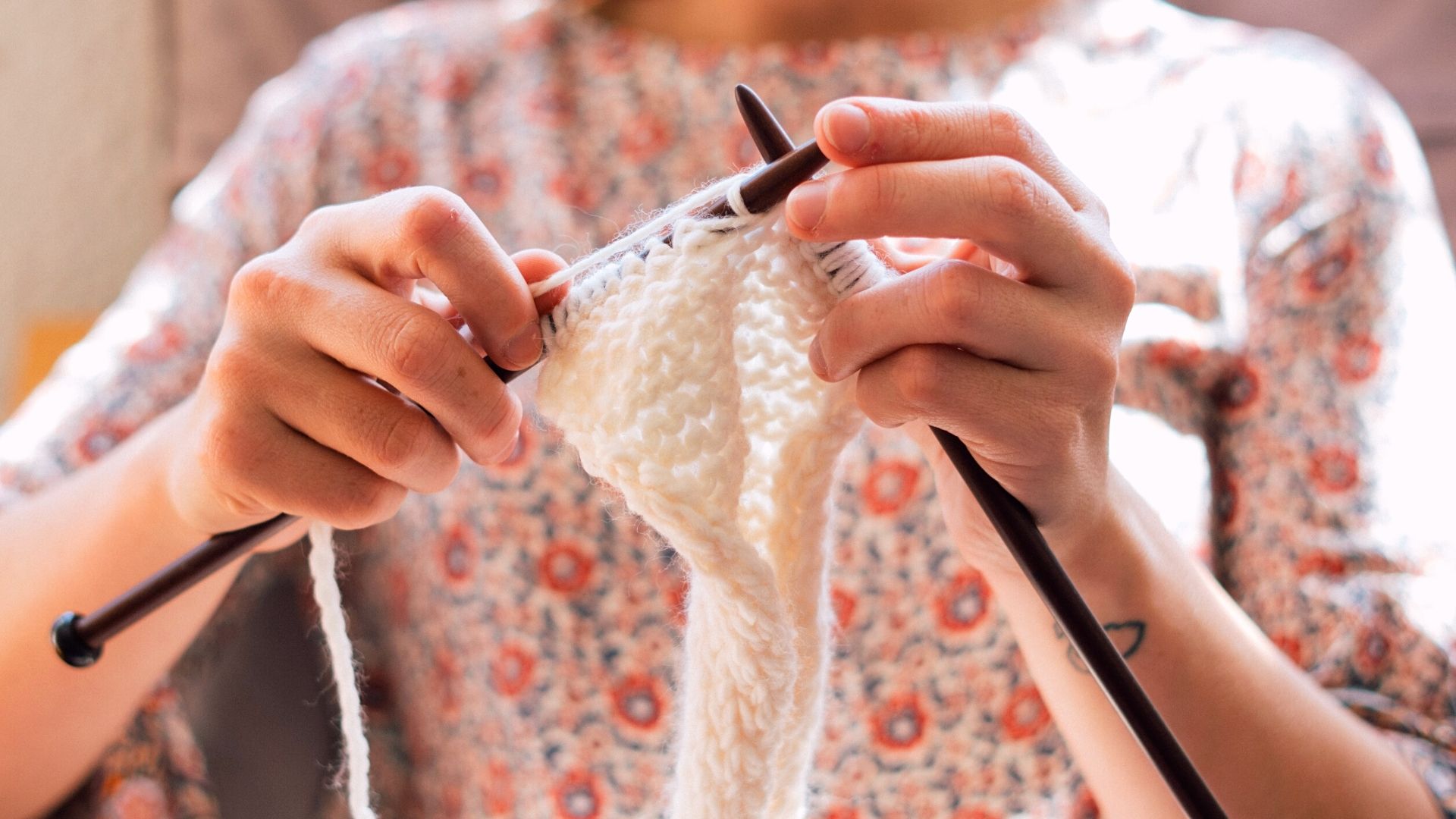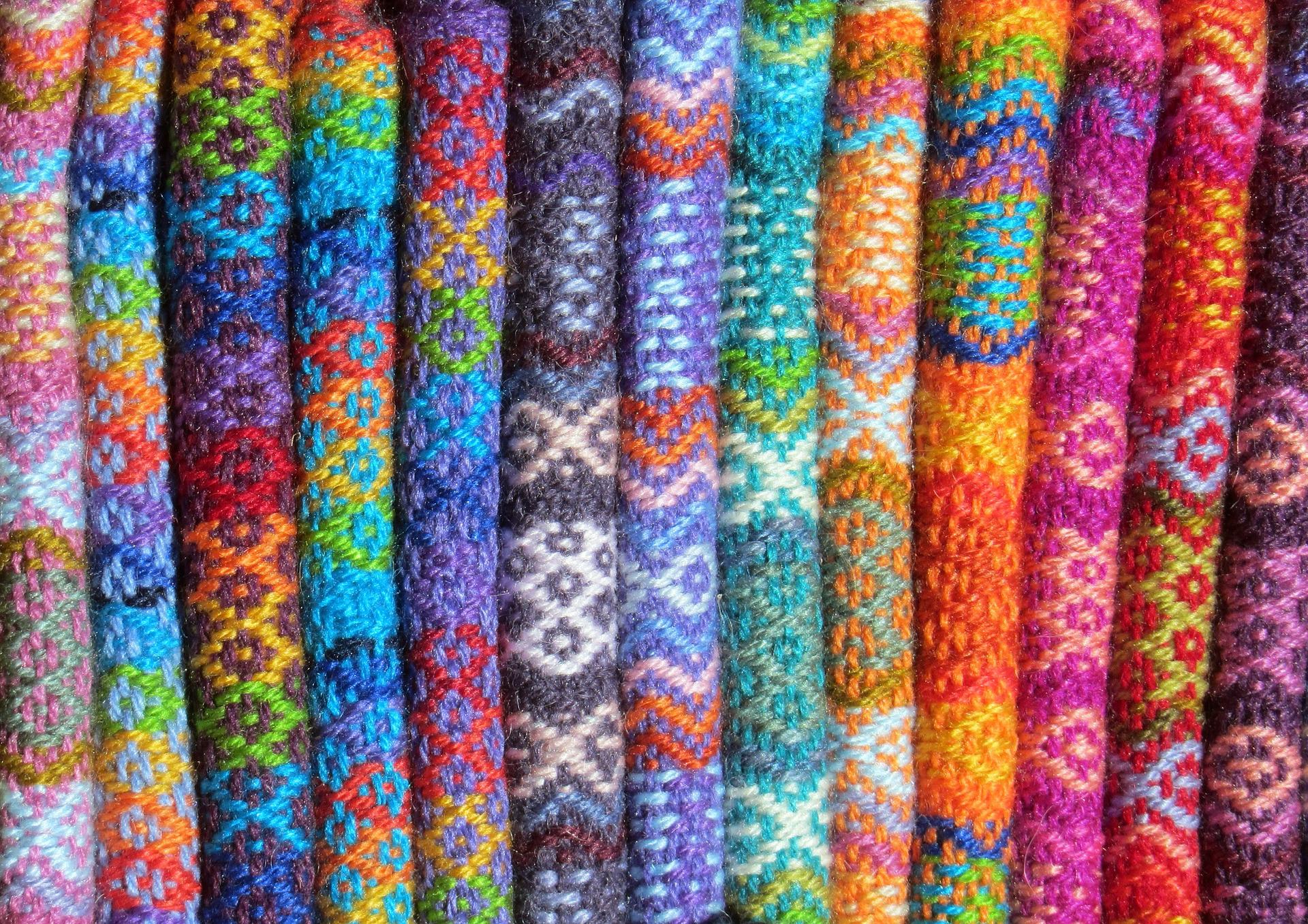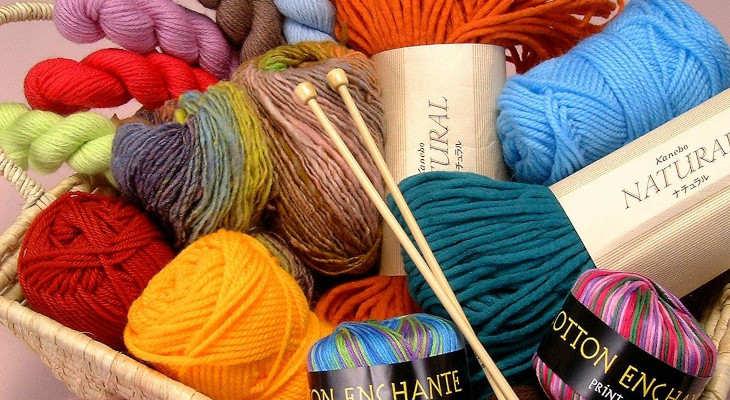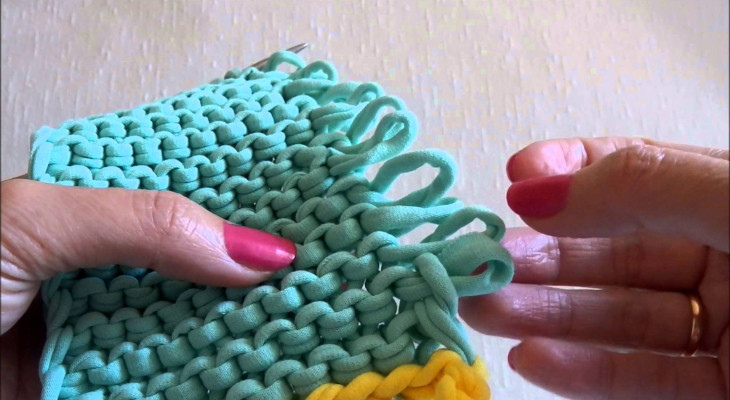The Internet is firmly entrenched in our lives. Today it allows us to work remotely without leaving home. Working anywhere is possible, and being in a dull office is optional. …


The Internet is firmly entrenched in our lives. Today it allows us to work remotely without leaving home. Working anywhere is possible, and being in a dull office is optional. …

Do you feel like you need a break after work but need to know how to relax? It’s time to try something new! Knitting and RPG games are great ways …

Those for whom knitting is a hobby are often engaged in it from time to time. Therefore, developing the necessary skills without gaining special knowledge and constant experience requires quite …

In cold weather, you will surely be pleased to wear warm knitted things of high quality yarn. We can find them in the wardrobe of almost any person. Sweaters, socks, …

The FEFA TV application was developed only for Android mobile devices. Its main purpose is to broadcast various kinds of entertainment and educational content directly on tablets and smartphones. What Kind of Video Content is Available …

There are many different types of yarn on the market today, so it can be difficult to decide which one is best for hand knitting. To solve this problem, we …

When choosing yarn for knitting children’s clothes, you need to take into account that their clothes should not only look good, but also be practical. It is also important to …

People who are just starting to knit often wonder what kind of yarn they should use. Unfortunately, there is no universal answer to this question, but there are several points …

Sometimes the need to loosen knitted products to reuse the threads turns into a big problem. The reason for this is that most types of yarn can be used only …

The state budget of Canada has many different sources. However, 80% of the total amount of money comes from tax payments. They are paid by residents and non-residents who live …